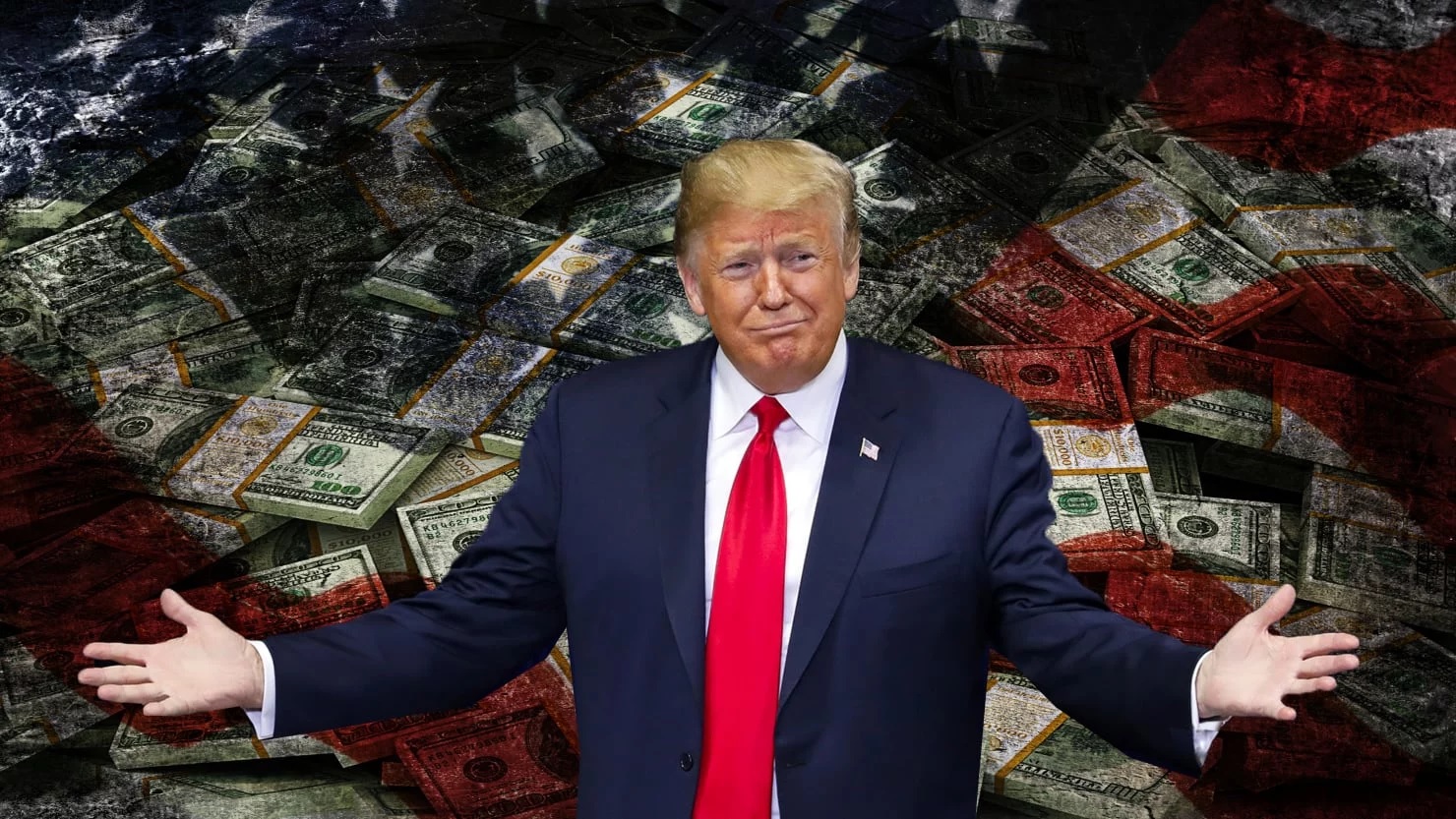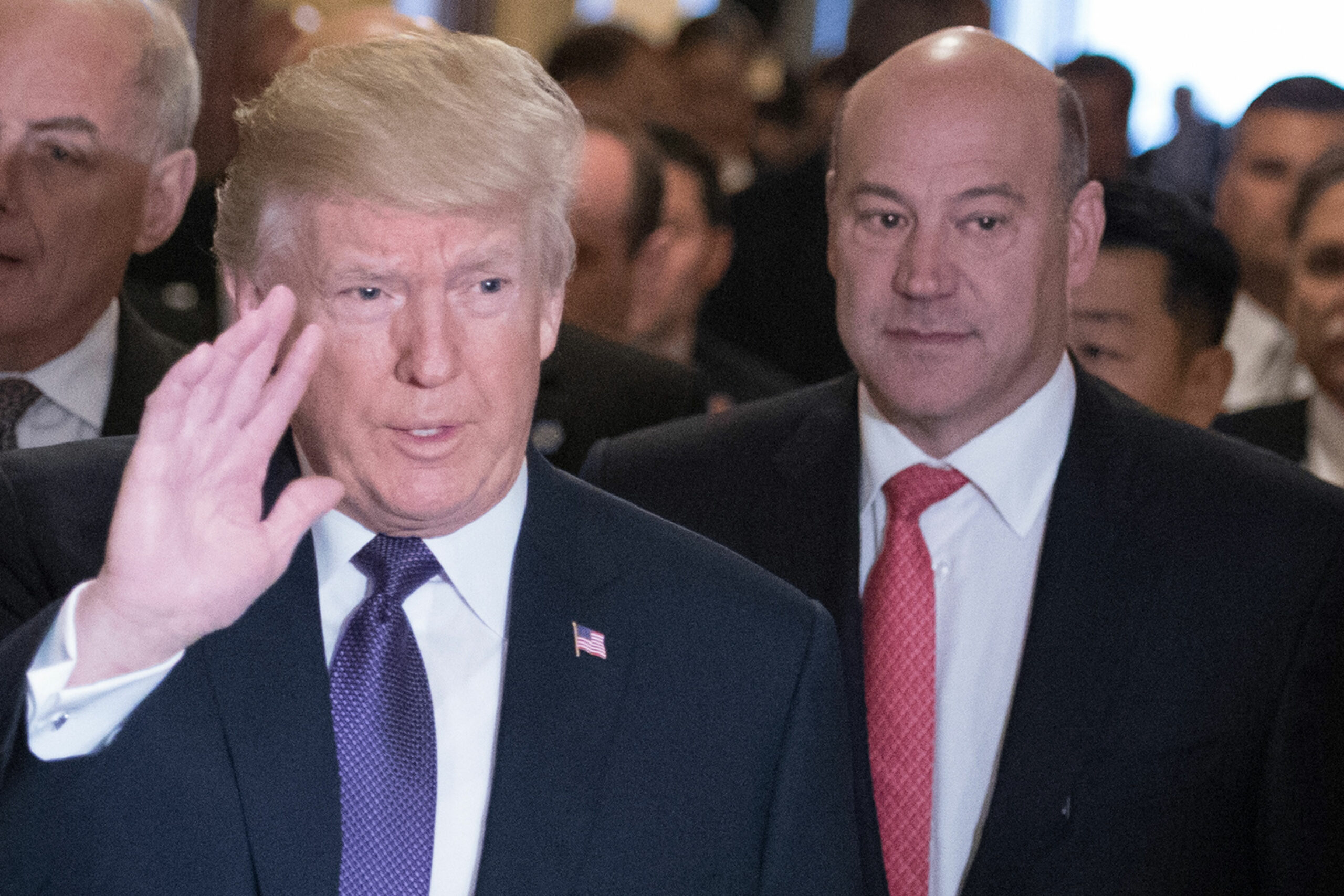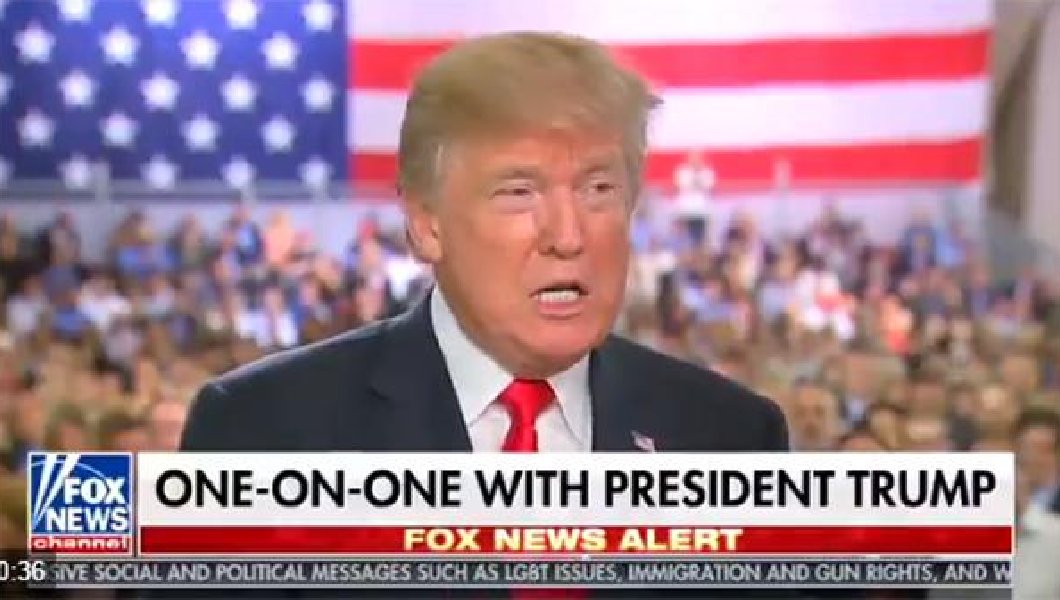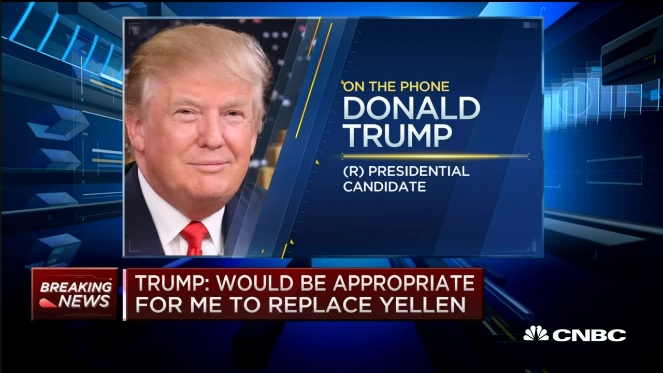In an interview on CNBC, Donald Trump broke with tired clichés about the evils of federal debt accumulation. “I am the king of debt,” he said. “I love debt. I love playing with it.”
But he replaced fearmongering about debt with an even more alarming notion — a bankruptcy of the United States federal government that would incinerate the world economy.
“I would borrow, knowing that if the economy crashed, you could make a deal,” Trump said. “And if the economy was good, it was good. So therefore, you can’t lose.”
With his statement, Trump not only revealed a dangerous ignorance about the operation of the national monetary system and the global economic order, but also offered a brilliant case study in the profound risks of attempting to apply the logic of a private business enterprise to the task of running the United States of America.
Trump’s business logic makes sense
Trump is a businessman, and in terms of thinking like a businessman his idea makes sense.
The interest rate that investors currently charge the United States in order to borrow money is very low. A smart business strategy under those circumstances would be to borrow a bunch of money and undertake a bunch of big investment projects that are somewhat risky but judged to possibly have a huge payoff.
You now have two possible scenarios.
In one scenario, the investments work out and you make a ton of money. In that case, you can easily pay back the loan and everyone wins.
In another scenario, the investments don’t work out and you don’t make much money. In that case, you objectively can’t pay back the loan. You either work out a deal with the people you owe money to in which they accept less than 100 percent of what you owe them (this is called a “haircut”) or else you go to bankruptcy court and a judge will force them to accept less than 100 percent.
This is how businesspeople think — especially those who work in capital-intensive industries like real estate. And for good reason. This is the right way to run a real estate company.
Applying this idea to the United States would destroy the economy
The United States of America, however, is not a real estate development company. If a real estate company defaults on its debts and its creditors lose money, that’s their problem. If a bank fails as a result, then it’s the FDIC’s responsibility to clean it up.
The government doesn’t work like that. Right now, people and companies all around the world treat US government bonds as the least risky financial asset in the universe. If the government defaults and banks fail as a result, the government needs to clean up the mess. And if risk-free federal bonds turn out to be risky, then every other financial assetbecomes riskier. The interest rate charged on state and local government debt, on corporate debt, and on home loans will spike. Savings will evaporate, and liquidity will vanish as everyone tries to hold on to their cash until they can figure out what’s going on.
Every assessment of risk in the financial system is based on the idea that the least risky thing is lending money to the federal government. If that turns out to be much riskier than previously thought, then everything else becomes much riskier too. Business investment will collapse, state and local finances will be crushed, and shockwaves will emanate to a whole range of foreign countries that borrow dollars.
Remember 2008, when the markets went from thinking housing debt was low-risk to thinking it was high-risk, and a global financial crisis was the result? This would be like that, but much worse — US government debt is the very foundation of low-risk investments.
What’s especially troubling about Trump’s proposal is that there is genuinely no conceivable circumstance under which this kind of default would be necessary. The debt of the federal government consists entirely of obligations to pay US dollars to various individuals and institutions. US dollars are, conveniently, something the US government can create instantly and in infinite quantities at any time.
Of course, it might be undesirable to finance debts by printing money rather than raising taxes or cutting spending. In particular, that kind of money printing could lead to inflation, and even though inflation is very low right now there’s no guarantee that it will always be low.
But a little bit of inflation is always going to be strictly preferable to destroying the whole American economy, especially because a debt default would cause a crash in the value of the dollar and spark inflation anyway.
Trump doesn’t know what he’s talking about
This is the second time this week that Trump has revealed a profound ignorance of an issue related to government debts.
The early instance in which he kept proposing that Puerto Rico declare bankruptcy even though doing so is illegal was on a question that’s very important to Puerto Ricans but not so important to everyone else. It is, however, important to pay attention to how presidential candidates approach issues across the board — and what we saw with Puerto Rico is that Trump approached the issue by simplistically applying business logic without bothering to check whether it applies to the actual situation.
Now in the CNBC interview he’s done the exact same thing on a matter of more consequence —not the debts of Puerto Rico but the debts of the United States of America. It’s understandable that a real estate developer might assume that what works in real estate would work in economic policy, but it’s not true. And Trump hasn’t bothered to check or ask anyone about it.
(h/t CNBC)
Reality
What Donald Trump is proposing to pay off the national debt (which is money that we are obligated to pay creditors and for services) is to borrow large sums of money at a lower rate. In other words robbing Peter to pay Paul. Should the economy be healthy then we can pay back that borrowed money no problem. However should the economy crash, and the United States is unable to meet the legal obligation of debt repayment (‘defaulting‘) then Trump proposed to renegotiate that new debt at a lower rate.
While Trump did not say the word ‘default’ he explained the exact definition of the word default in his proposal.
This raised eyebrows by suggesting an unorthodox approach towards cutting the national debt… not paying it then renegotiate terms. Such a renegotiation risks creating financial turmoil because U.S. Treasuries are considered the safest assets on the planet and a major benchmark for valuing other securities. Calling into question their safety could cause borrowing rates to rise and create confusion in the markets.
Confusion in the markets is a very bad thing. Wall Street and businesses need to know what the rules are in order to subvert play them.
Media
http://video.cnbc.com/gallery/?video=3000515269




